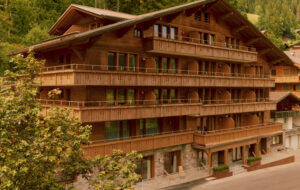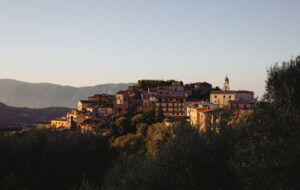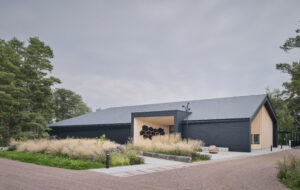|
|
||
|
No one comes off well in this film adaptation of JG Ballard’s 1975 dystopian fable, which traces the unraveling of the social order in a Barbican-like des res on the outskirts of a city, says Nick Bradshaw Ben Wheatley and Amy Jump’s adaptation of JG Ballard’s dystopian 1975 fable High-Rise arrives at a moment when the provision and division of housing has become more politically heated than it has been for a generation – with fugitive global capital inflating the property market, the Labour party running a election-losing campaign platform against supposedly recalcitrant property developers and asset owners, and a re-empowered Conservative party instead on a drive to boost supply by prising homes from subsidised occupants. This return to the political battle lines of the 1970s and 80s extends to the legacy and prospects of vertical architecture – or at least pre-existing, public-facing instances of it. While the sky remains the limit for the needs of capital, and vertical accommodation remains apparently unproblematic for those who can afford private service and security, for the poor such “concrete slabs dropped from on high” are a moral peril, a root cause of social segregation, neglect and crime, according to a policy initiative trailed by David Cameron in January year. The British prime minister went on to identify the troubles that ensue when a community is allowed to become cut-off from the mainstream: “The riots of 2011 didn’t emerge from within terraced streets or low-rise apartment buildings. As spatial analysis of the riots has shown, the rioters came overwhelmingly from these post-war estates. Almost three-quarters of those convicted lived within them. That’s not a coincidence.” What else is there to say about High-Rise – a film that plays like an architecturally-bound version of Buñuel’s The Exterminating Angel (1962), with its self-confined bourgeois bacchanalians, crossed with Pasolini’s apocalyptic Saló (1975)? The movie follows the recently fashionable “hauntological” mode in harking back to the end days of the post-war public spirit and its institutions: in the film’s 1975, the brave new vertical edge-town development to which Tom Hiddlestone’s Dr Laing moves is a new initiative in high-tech self-management and clean-slate living. As in Metropolis (1927) and anon, the presiding owner-inventor (Jeremy Irons’ paraplegic Royal) occupies the palatial upper decks – though Fritz Lang’s cybernetic sexuality is replaced here by a more atavistic debauchery: not only does Royal’s wife traipse around their sky orchards like Marie Antoinette on horseback, she has taken up with a coterie of sycophantic sybarites who, when push comes to shove, prove sturdier than her husband in the political stirrups, too. |
Words Nick Bradshaw |
|
|
||
|
|
||
|
Dr Laing likewise has soon come to know his neighbours at various levels – for while the tower is by design a social oasis, a Barbican-like des res on the outskirts of the city (actually Bangor-by-computer), it also implements its own pecking order. Perhaps the movie, like David Cameron, follows the dystopian likes of Fahrenheit 451 (1966) and A Clockwork Orange (1971) in associating brutalist architecture with violent atomisation and alienation, and there’s certainly a note of Brazil (1985) in the sense of the erstwhile radiant building’s own flaws and rapid degeneration; but the point is less architectural than socio-economic, with the tower as avatar of private privilege and class flight: the Free Britannia High-Rise. (Wheatley even floats a quote of Margaret Thatcher proselytising our free-market destiny over the end scene, lest the point be missed.) No one comes off well: the middle classes on the lower floors, such as Luke Evans’ truculent television producer Wilder, cling to the raft, and cry injustice when the building’s privileges are denied them; the upwardly mobile like Laing himself hide their faces and hedge their bets – or perhaps even relish the smell of blood in the air. Unregulated covetousness turns to licentiousness turns to criminal anarchy, with Wilders and Royals and the rest rampaging hammer and tongs. The film has the bare-toothed subtlety of The Riot Club, but it certainly conjures the irrepressibly libidinous energies of Ballard’s world. At one point a pair of policemen pull up outside the high-rise, by now a flaming husk of tribalist bedlam, and decide there’s nothing to see here; so much for the investigations into the dissolute and mighty, from Jimmy Saville to Dolphin Square to… who knows? For a more literalist look at the present condition of “vertical living”, there’s always Kat Cizek’s interactive web documentary series, Highrise (2009-). But in its satiric ferocity, High-Rise certainly presses the question that we’re told cannot be countenanced: what does it take to declare the experiment failed? High-Rise opens in cinemas on 18 March |
||





















